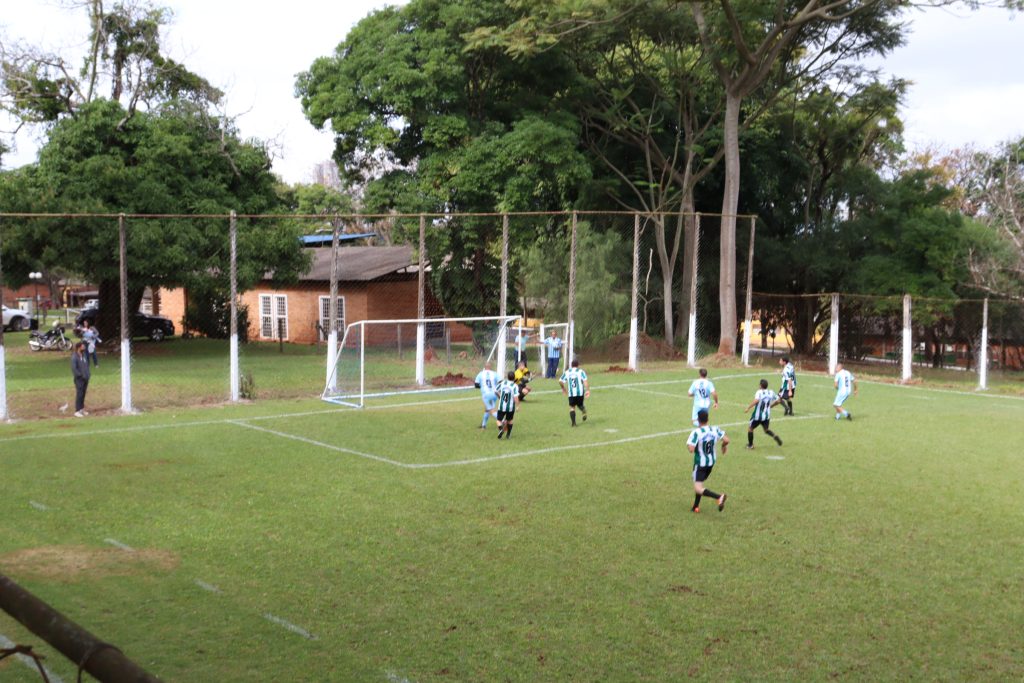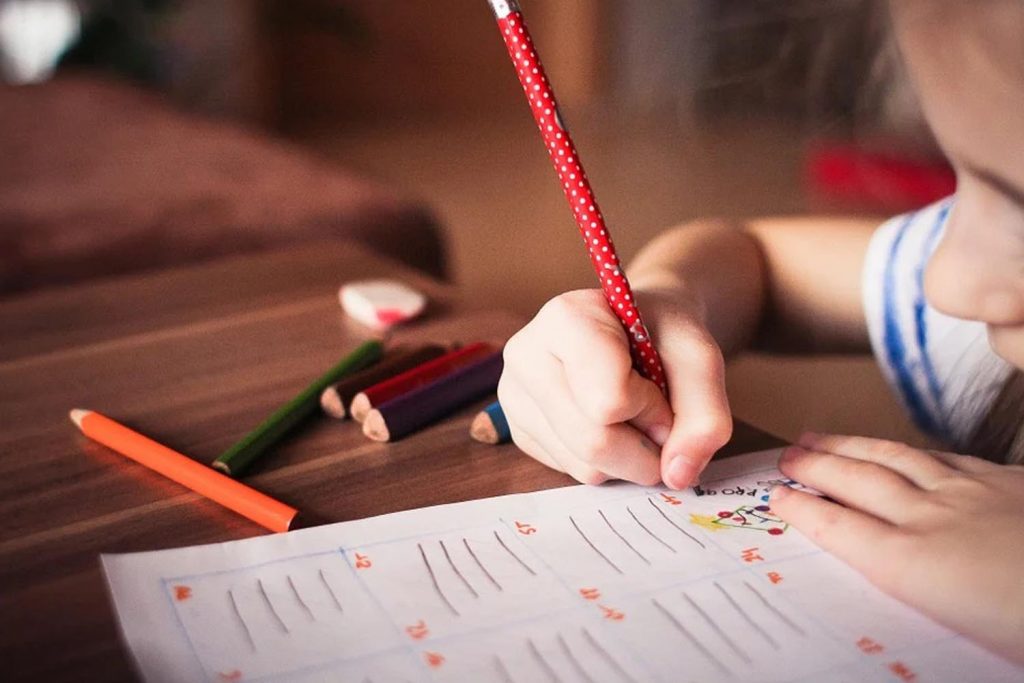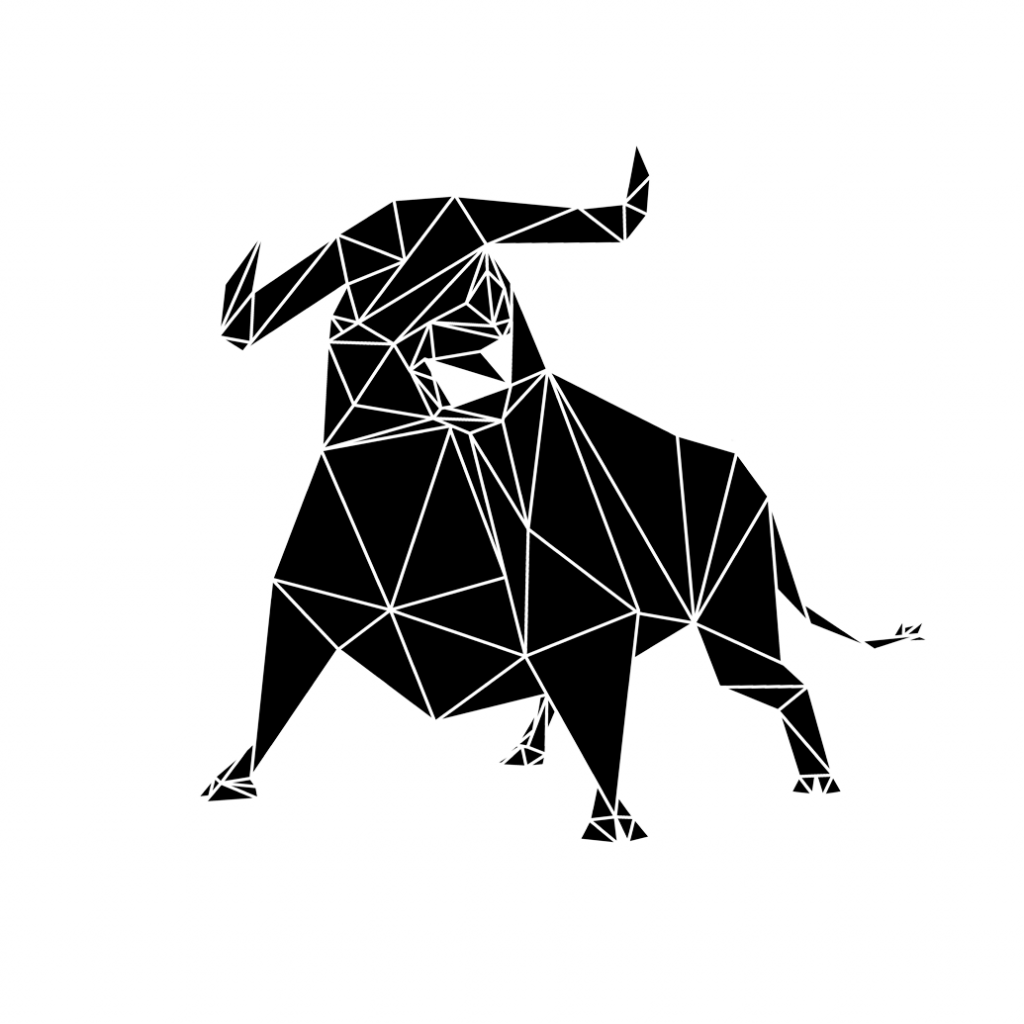[EN] Soccer with Science
[EN] Soccer with Science
Traduzida pela equipe do Paraná Fala Inglês e originalmente publicada no Jornal Notícia em português, edição nº1414.Besides the perspective of sports fans, researchers from the Laboratory of Applied Biomechanics at UEL have another: that of scientists. Led by Professor Felipe Arruda Moura, from the Sports Science Department, they carry out studies related to the application of the fundamentals of Biomechanics (movements) in sports phenomena, activities, physical exercises, and ergonomics based on practice, such as soccer championships. Multidisciplinary, the research integrates the areas of Physics, Anatomy, Mathematics, Biology, Computing, Statistics, Psychology, and Physical Education.
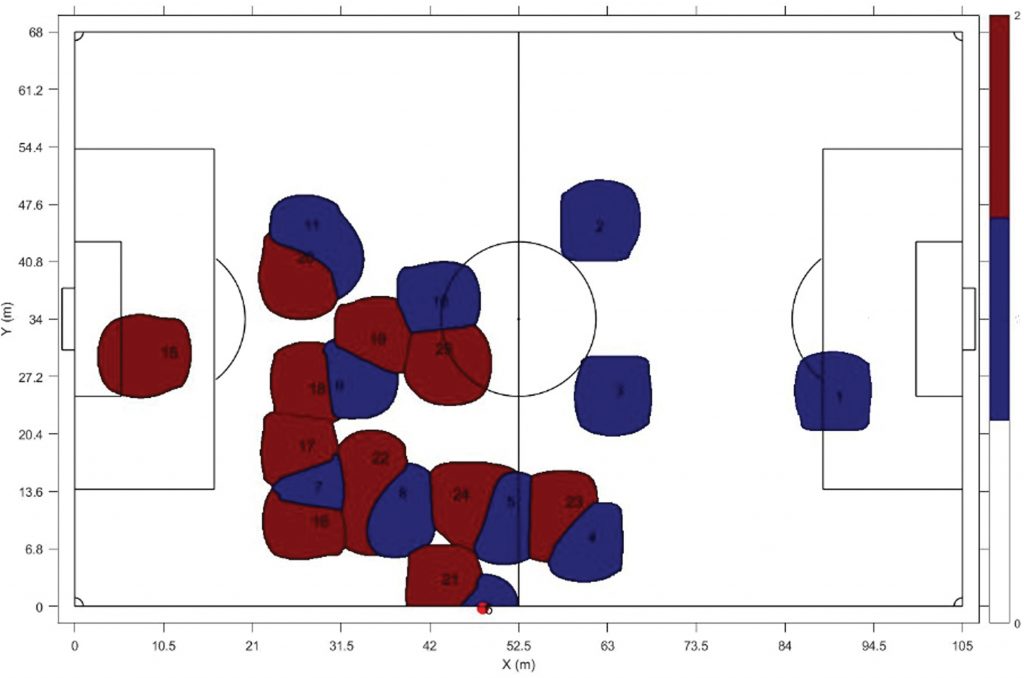
The LAB operates together with two other Brazilian institutions, the University of Campinas and USP/Ribeirão Preto, as well as researchers from Norway, Holland, and Japan. Basically, it seeks to characterize behaviors on the field that can increase the chance of victory in games and to identify leadership and command agents during matches. An innovation is the use of the Cluster Method to reach these goals.
In this regard, it involves analyzing the games considering the players’ movement on the field and the space they occupy and dominate, individually and collectively. It is simple in a way that TV transmissions are enough to obtain this data, on which mathematical and statistical models are assembled and applied later, producing useful knowledge for the team, the coach, commentators, scholars, and fans… in short, everyone can benefit from it.
Tracking
Professor Felipe says that, about two decades ago, Unicamp’s Biomechanics Laboratory was the first to propose a tool for tracking athletes, particularly soccer players, for official competitions. With video cameras positioned at the top of the stadium and computer vision techniques, data on the players’ physical performance were collected, such as distances covered, speed, and acceleration. Felipe was a doctoral/Ph.D. student in Campinas and developed mathematical models that made it possible to describe the organization of teams on the field.
As a researcher at UEL since 2012, the professor continued his studies by creating the LAB. In the first supervised studies, advisees broadened their focus, including other sports such as indoor soccer and tennis. The most recent doctors have returned to football.
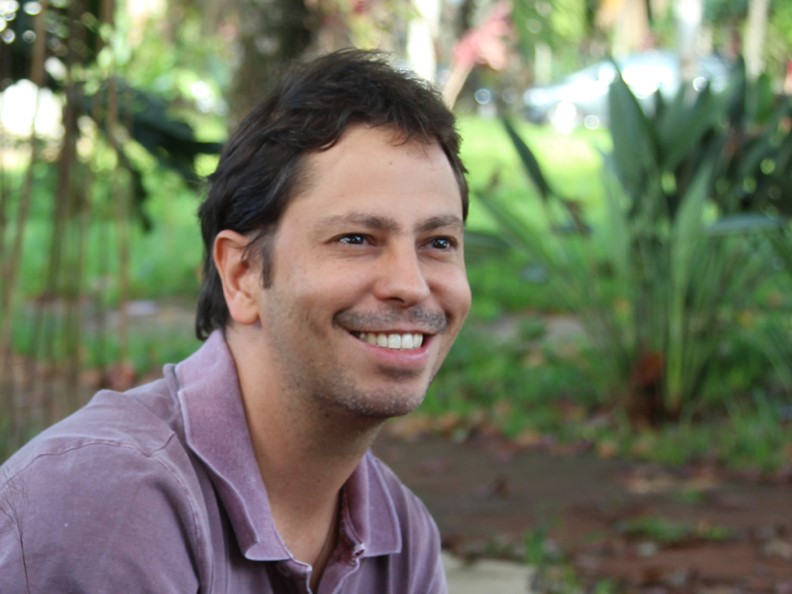
Murilo José de Oliveira Bueno, who researches Sport Football with Science Laboratory of Applied Biomechanics at UEL, is a pioneer and world reference in multidisciplinary research on tactics and positioning on the field. He defended his thesis in April and studied the different forms of organization on the field using the so-called shape descriptors, a Computer Science concept already applied in other areas, such as Botany (for compared species) and even Google Images. When an image is put there and similar ones appear in the result, it is the job of the image descriptors. In the study, he discovered polygons, and to describe them he resorted to the so-called Multiscale Fractal Dimension, also applicable in other Sciences, and with the collaboration of professors from Unicamp, USP/RB, and Norway. The work was validated and published, in September 2021, in the international journal Plos One, with Murilo as the first author.
The researcher analyzed 14 matches from São Paulo and Brazil A1 and A2 championships from different years and observed the shapes in the most different positions, such as defense and attack. One of the possibilities is to know whether the organization in the field corresponds to the training and tactics previously defined by the coach. During his Masters’ degree, Murilo had already used the tool in futsal. The fractal model was validated and even demonstrated that certain organizations can surprise the opposing team. “Today, we can offer this type of service and analysis to football clubs. For example, the coach can draw on a clipboard the format in which the team should play and, using our technique, we can detect all the matches’ moments and analyze whether the team performed according to the instructions,” comments Professor Felipe.
Domain region
Fábio Giuliano Caetano, who is defending his thesis in September, investigated the athletes individually and collectively. He explains that, intuitively, a player calculates where the other player will be to make the pass or launch. Soccer is considered an invasion sport, that is, players invade and occupy the opponent’s space aiming for the goal.
When applying the models, the efficiency increases with data on the speed, acceleration, and angle (direction) of the movements. Each player, individually, creates their “domain region,” defined in the study as the area of influence in up to three seconds of displacement, with a precision of 10 centimeters. Standing still, a player forms a circle, with him in the center of the domain region. During the game, the format changes. The calculation is made in every instant of time, and it allows the identification of which team controls the largest space on the field, as in the figure below.
The research also showed a large amount of free space during the matches. On average, during the entire game, 77% of the field area is not occupied. If that seems like a lot, just think that there are times when 97% of the field is empty, like a corner kick. For Fábio and his advisor, such spaces represent countless tactical probabilities yet to be explored.
The study was validated and published in a Nature group journal, in September of 2021, with Fábio as the first author. In Professor Felipe’s opinion, these studies demonstrate that Brazil has innovative science in this area, just as the State University of Londrina is a pioneer and a world reference.
Tradução: Areta Belo. Coordenação institucional do Paraná Fala Inglês (PFI): Fernanda Brener.
Matéria originalmente publicada na edição nº1414 do Jornal Notícia, de setembro de 2022.

